Honor Thy Patina: Subtle Spring & Shock Job for a 1972 Toyota FJ40
How not to ruin a lifetime of 4x4 soul with silly, overbearing mods
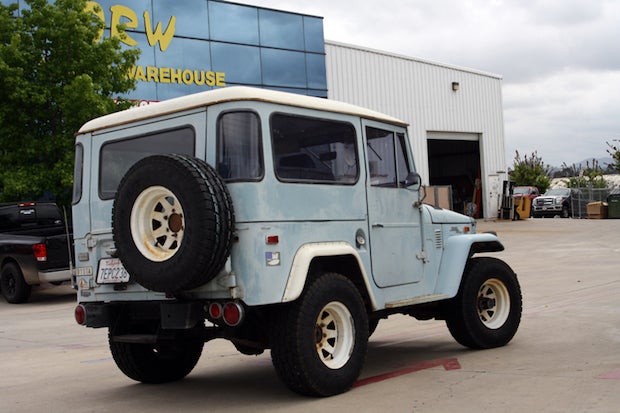
You don't modify things if you're not seeking a change in function. However, some modifications need to be less - less conspicuous, less invasive, less complicated - because there are times when the changes you want are simple, subtle, and shouldn't interfere with more important factors. In the case of this ancient FJ40, its well-preserved originality - both equipment and appearance - might be the linchpin of its value. Alter its aged determination and a patina that only Father Time could impart (or how it drives) and you undermine that value.
So. If it would be a four-wheelin' sin to restore this old-paint Arizona-original Toyota FJ40, to erase its patina and the fine Toyota-grade aging that's a huge element of the truck's appeal, what do you do when parts wear out? If this old FJ, so perfectly worn, was going to continue tromping around the western sands in all its faded glory, its springs and shocks needed to be replaced. Could it be done subtly? Why not R&R them with improved replacements (plus the matching bushings and fittings), and net a subtle, functional improvement in ride-height while honoring this old truck's vintage functionality?
Read More on Off-Road.com: Test Your Off-Road Knowledge: Name That Toyota Land Cruiser
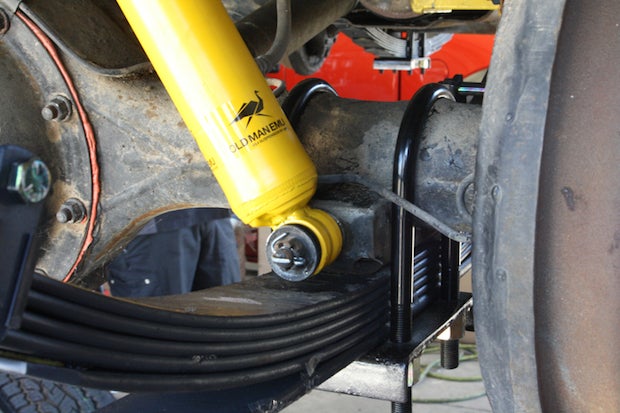
To use the factory mounting points and installation methods (and in turn, preserve the idiosyncrasies of driving a 1972 FJ40 off-road - ahem, wheelies), the replacement suspension needed to be an honest bolt-in: no fabrication allowed. OME (Old Man Emu, now a property of ARB, if you were not aware) has been retailing this sort of suspension for decades - heavy-load and heavy-duty replacement components designed for the outback/expedition/adventure set. OME has an off-the-shelf leaf and shock package for the FJ40 with a mild lift (necessary - the old girl's rear had sagged) and improved damping, as well as a replacement steering damper and Zerked "greaseable" spring shackles. Simple, subtle, and not silly - perfect. A representative of Off-Road Warehouse in El Cajon (where it was installed) was overheard saying, "The OME kits are simple bolt-in replacements. They're fun to put in because even the challenges are simple."
Follow the install in photos:
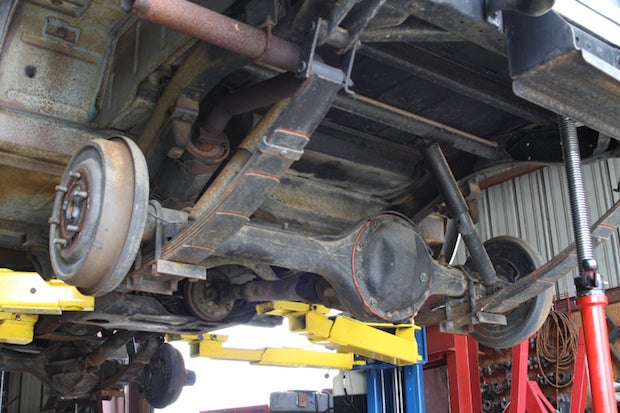
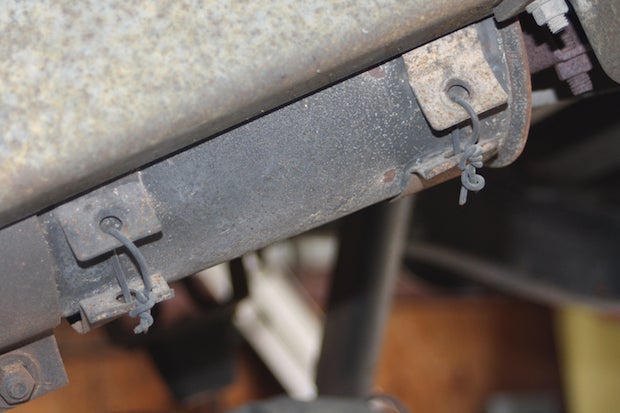
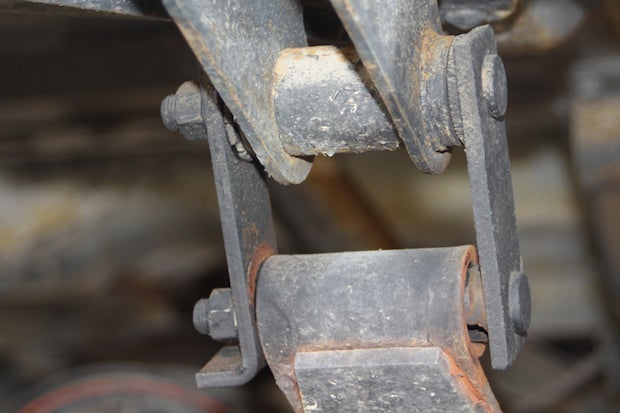
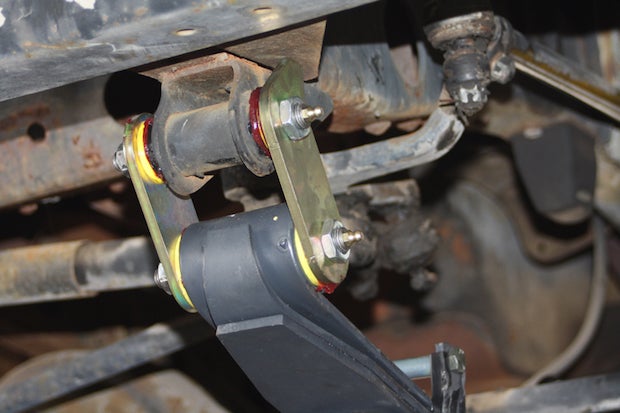
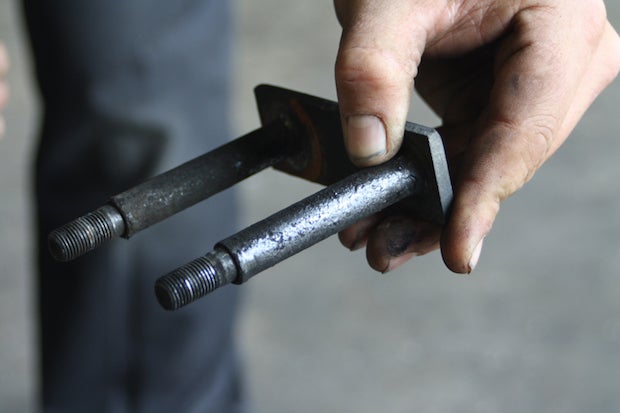
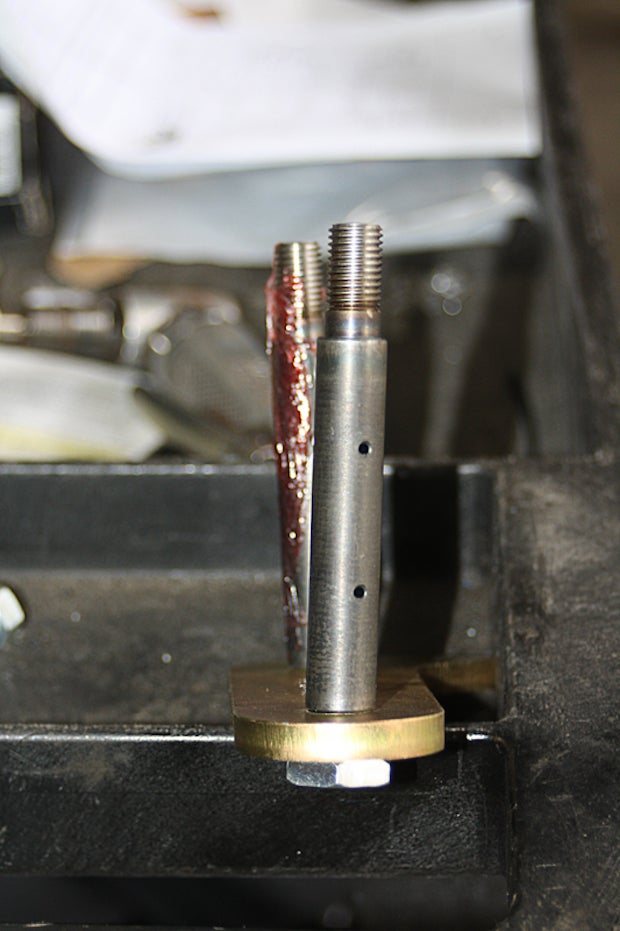
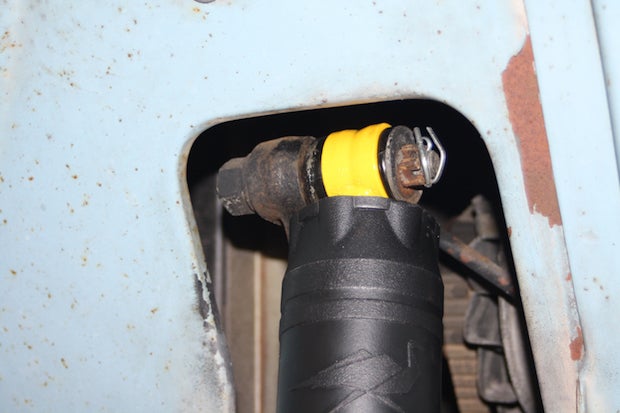
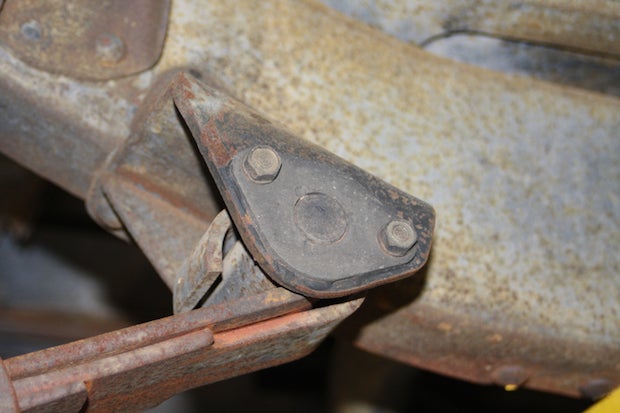
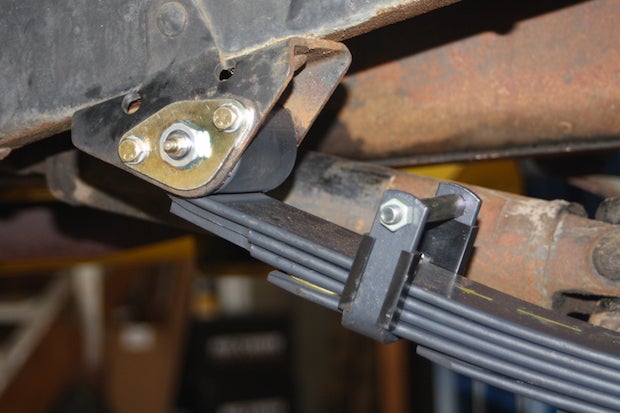
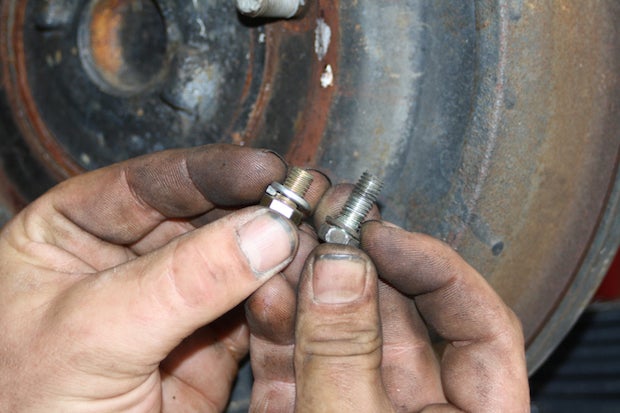
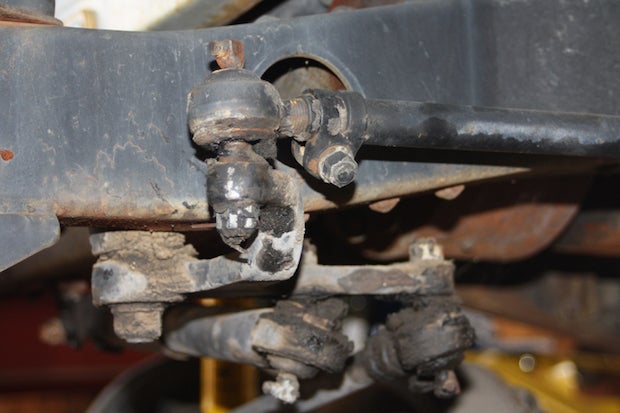
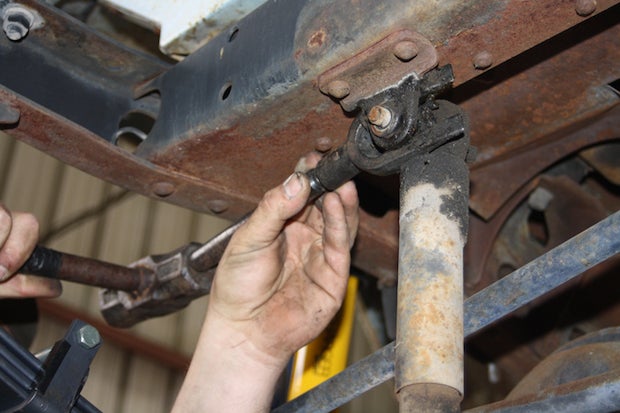
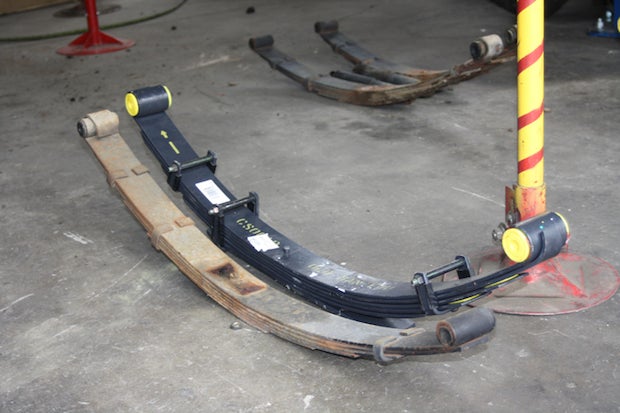
The result of all this? Behold.
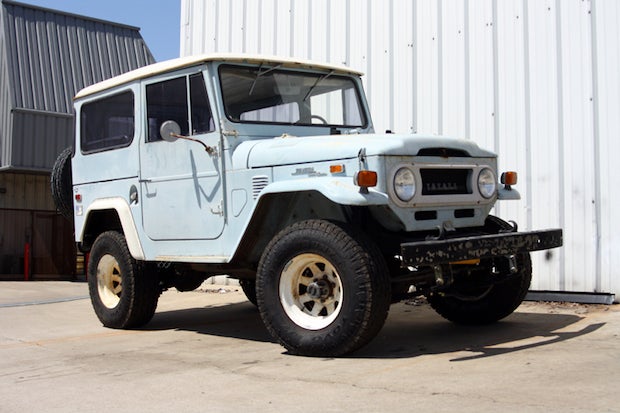


 Your Privacy Choices
Your Privacy Choices